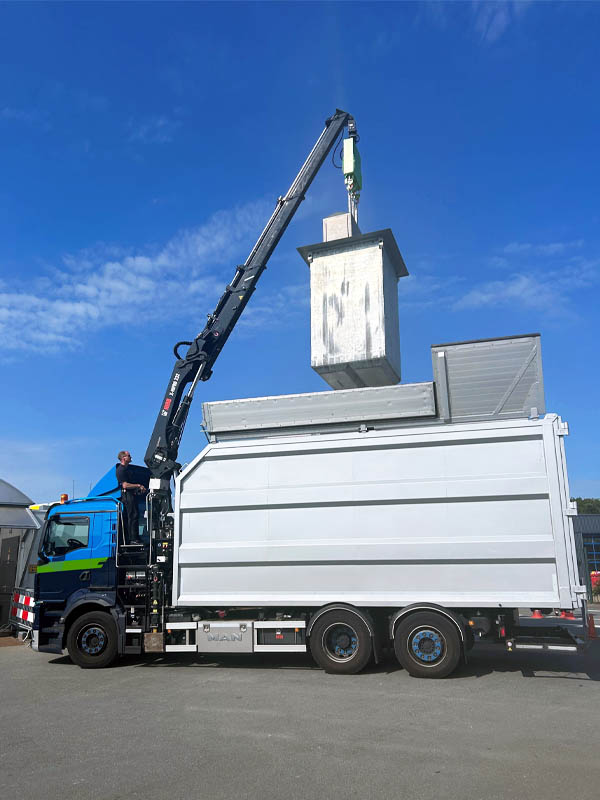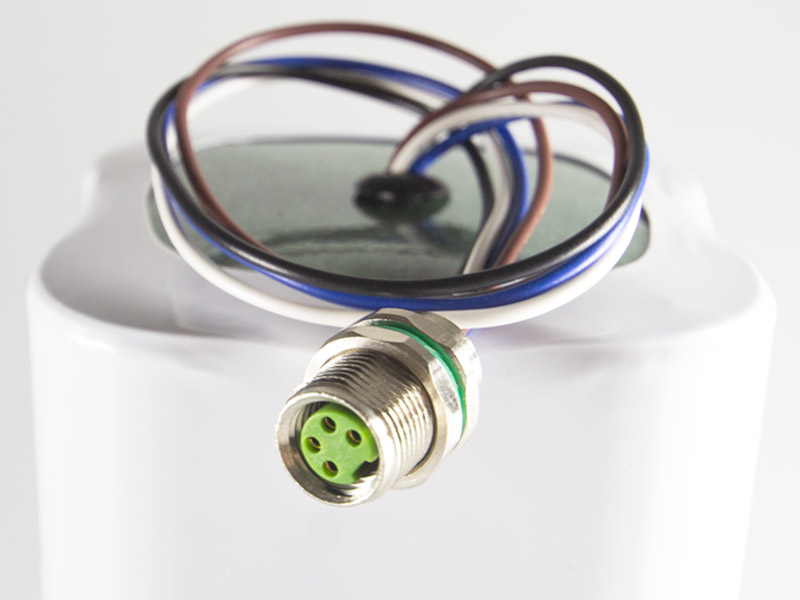Underground Waste Containers
Revolutionizing urban waste management
Urbanization and the growing population have led to increase waste generation, posing significant challenges to waste management systems. One innovative solution that has gained prominence is the use of underground waste containers. These efficient and space-saving systems have a rich history, a promising present, and a future that holds great potential for sustainable waste management.
History
The concept of underground waste containers dates back to the 19th century, when early urban centers faced mounting waste disposal problems. The invention of the first underground container is credited to Eugène Poubelle, a French official, who introduced large communal containers to Paris in the 1880s. These were intended to keep the streets cleaner and more organized.
However, it wasn’t until the late 20th century that the concept gained traction again. In the 1990s, several European cities started implementing modern underground waste container systems to address waste overflow and aesthetic concerns. The Netherlands, for example, began using “Afvalstraat” (waste street) systems, wich comprised underground containers for different types of waste.

Present
Today, underground waste containers have become a common sight in many cities worldwide. These systems offer numerous benefits, including:
- Space Optimization: Underground containers save precious surface space, making them ideal for dense urban areas where land is scarce.
- Aesthetic Improvement: Concealing waste within the containers enhances the visual appael of public spaces and reduces unpleasant oders.
- Waste Segregation: modern systems often feature multiple compartments for different types of waste, encouraging recycling and waste segregation.
- Reduced Environmental Impact: The containment of waste reduces the changes of littering, minimizes the attraction of pests, and prevents wind-blown waste.
Future
The future of underground waste containers holds even more promise as technology continues to advance. Some anticipated developments include:
- Smart Monitoring: Integration of sensors and IoT technology will enable real-time monitoring of waste levels, optimizing collection routes and reducing costs.
- Waste-To-Energy Integration: Advanced systems micht incorporate waste-to-energy mechanisms, converting organic waste into renewable energy.
- Sustainable Materials: The containers themselves might be constructed from eco-friendly and durable materials, further reducing the environmental impact.
- Automated Collection: Future systems could include automated waste collection mechanisms, reducing the need for manual intervention.

Batteries in Control Systems
Batteries play a crucial role in powering the control systems of underground waste containers. These systems rely on various electronic components, including sensors, communication modules, and actuators, to optimize waste management processes. Here’s how batteries come into play:
- Power Supply: Batteries provide a reliable power source for sensors that monitore waste levels, temperature and other conditions within the containers.
- Communication: Control systems use batteries to support wireless communication modules that transmit data to central management systems, enabling efficient waste collecting scheduling.
- Actuation: In some advanced systems, batteries power actuators that control container openings and closures, ensuring secure waste containment.
- Backup Power: Batteries serve as backup power sources during outages, preventing system failures and maintaining continious waste management operations.
Summary
As technology continues to evolve, underground waste containers are expected to become smarter, more efficient, and more integrated into sustainable waste management practices. The role of batteries in powering the control systems of these containers is paramount, ensuring the smooth operation of these innovative waste management solutions. The future holds exciting possibilities for a cleaner and more sustainable urban environment through the continued evolution of underground waste containers.
Discover our range of innovative battery products tailored to various types of waste container systems.

- Sebastiaan Bos
- Waste Container Batteries By Taurac
- 08:30h - 17:00h
- Arnoudstraat 22, 2182 DZ
- Hillegom, The Netherlands
- info@taurac.com
Contact
- Arnoudstraat 22
- 2182 DZ Hillegom
- Netherlands
- +31 (0) 252 - 22 70 70
- Contact Us
Powering a Sustainable Future



